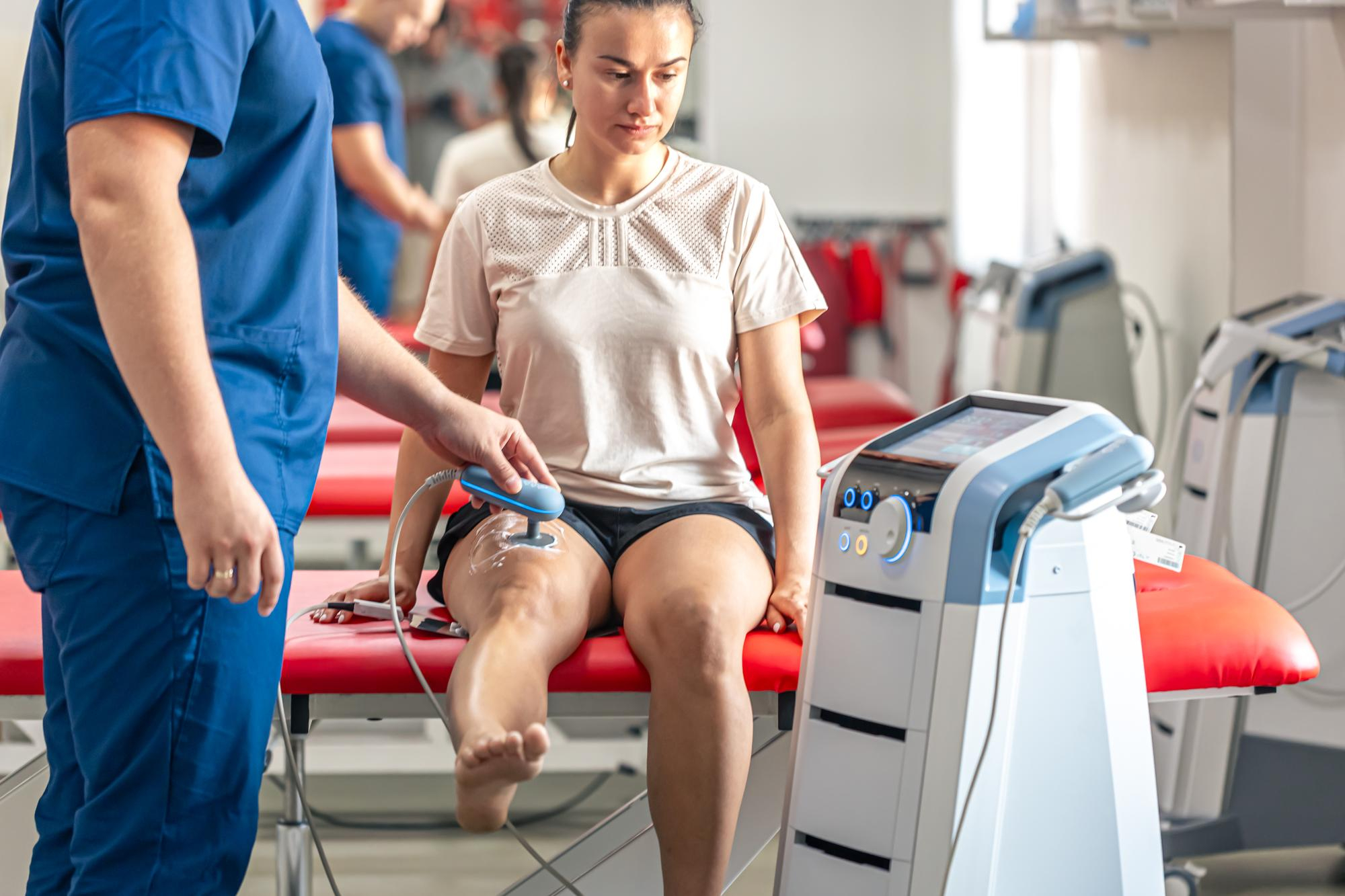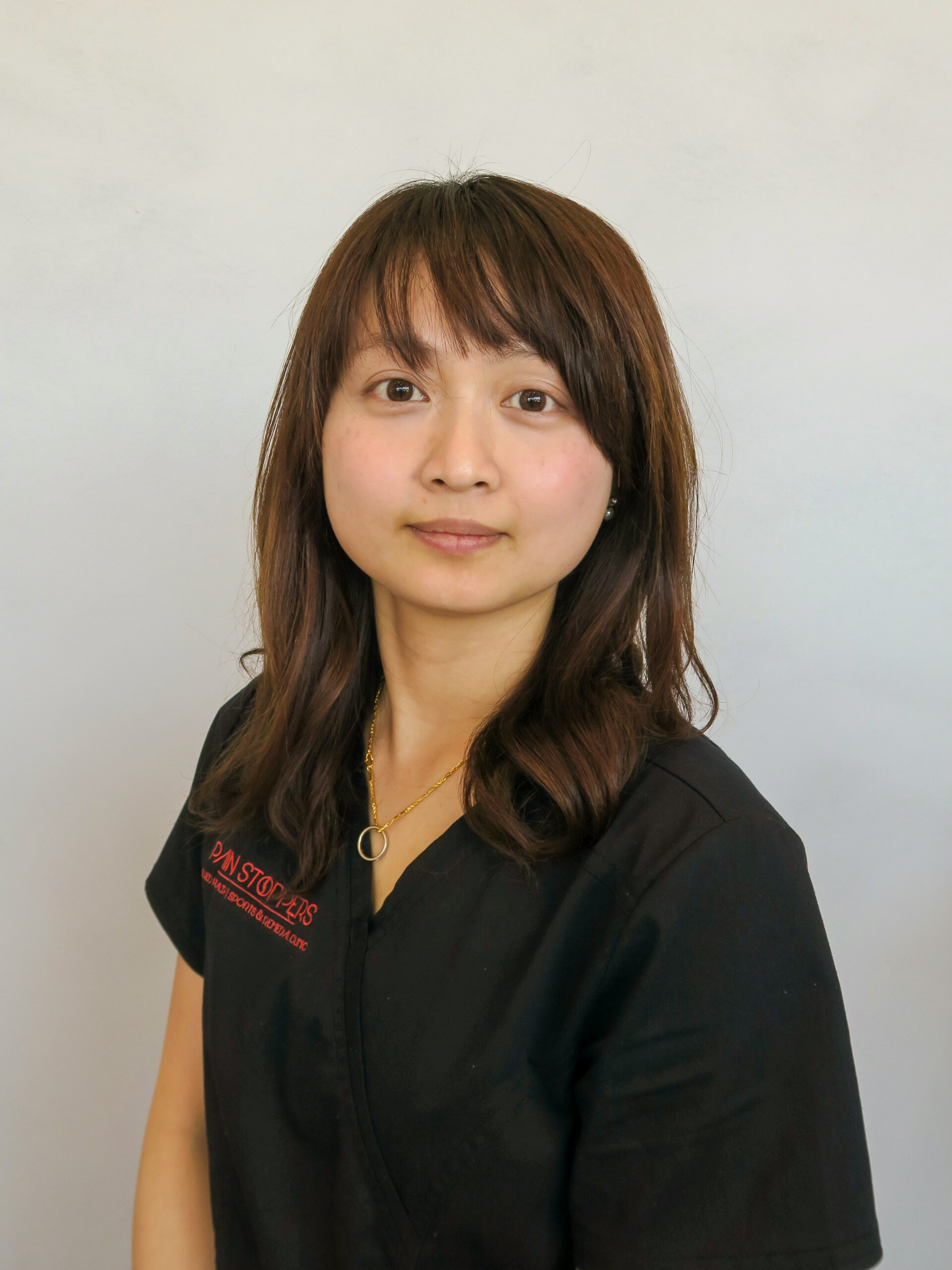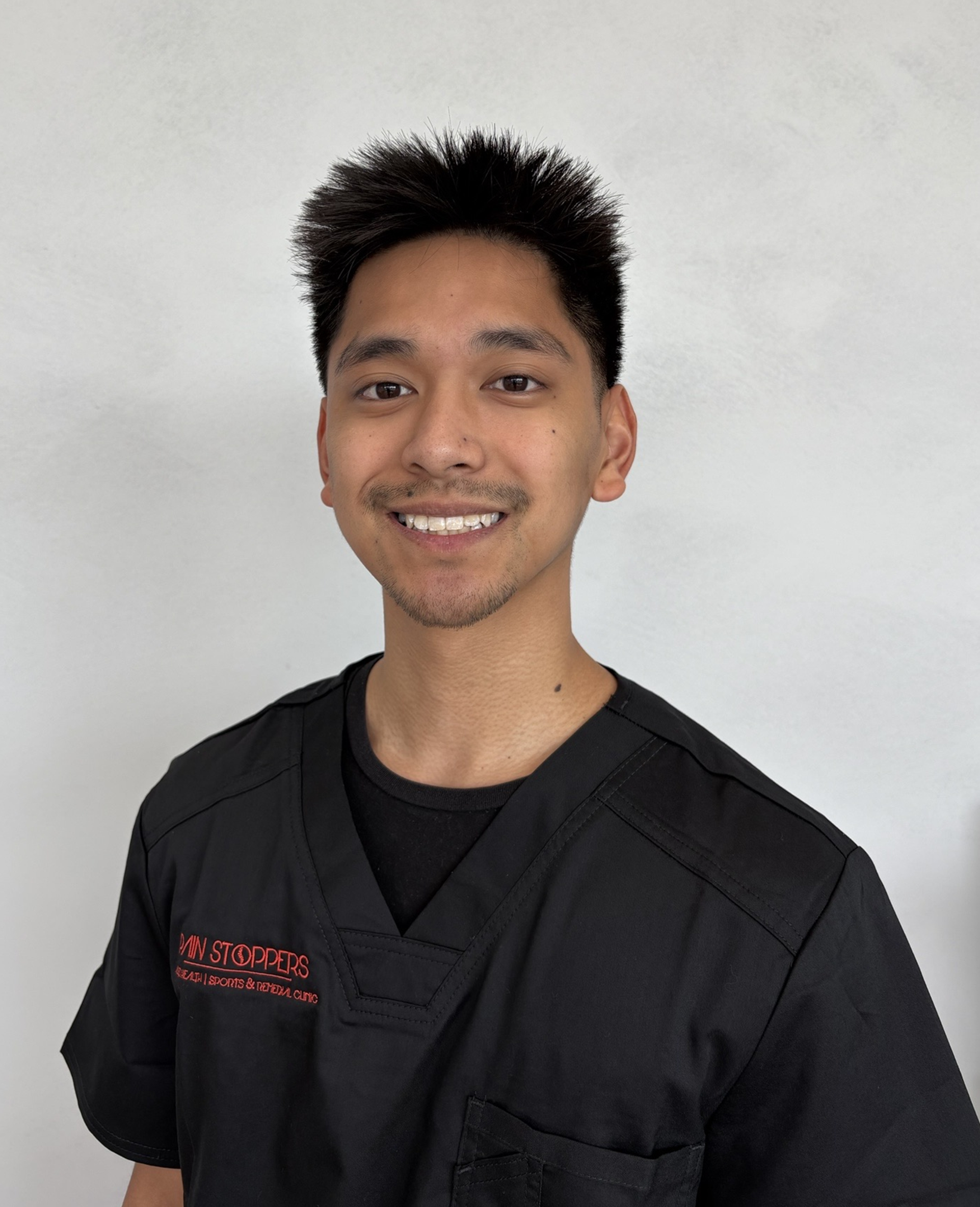TECAR THERAPY

TECAR© Therapy stands for "Transferencia Electrica CApacitiva Resistiva," a Spanish acronym for "Capacitive Resistive Electric Transference." This form of deep tissue thermotherapy utilizes radiofrequency energy to increase local tissue temperature, which may help in pain relief. TECAR therapy employs high-frequency currents, typically ranging from 300KHz to 1.2MHz, to generate an electromagnetic field that heats the targeted area.
Conditions That May Benefit from TECAR Therapy
- Acute or chronic injuries/inflammation
- Muscle spasms
- Joint pain
- Synovitis
- Tendinopathy
- Post-surgical pain
- Osteoarthritis
- Low back pain
- Bruises or sprains
- Neuropathies
- Vascular and lymphatic system disorders
- Orthopaedic disorders of the peripheral nervous system
- Pelvic floor rehabilitation
Potential Mechanisms of TECAR Therapy
- Increased Blood Circulation: The heat generated during TECAR therapy may enhance blood flow to the treated area, potentially delivering more oxygen and nutrients that can aid in healing.
- Reduced Oedema, Pain, and Inflammation: The therapy may cause vasodilation, which could enhance lymphatic drainage and help in the removal of excess fluids, potentially reducing swelling and pain.
- Stimulated Healing Mechanisms: TECAR therapy might encourage the influx of reparative molecules, which could help accelerate the physiological processes involved in tissue repair.
- Pain Relief: The therapy may boost endorphin production, potentially providing both immediate and lasting pain relief.
Efficacy and Safety
Some studies suggest that TECAR therapy may provide beneficial effects, with some patients reporting relief after just one session. It is considered a generally safe and non-invasive treatment option, though individuals with electronic implants, pregnant individuals, and those with certain conditions such as wounds, burns, or thrombophlebitis should avoid this therapy.
Frequently Asked Questions
- How long are treatment sessions, and how often are treatments recommended?Treatments are typically recommended 2-5 times a week, depending on symptom severity. The duration and frequency can vary based on the patient’s specific needs, with no maximum limit on the number of treatments due to its non-invasive nature.
- Is TECAR therapy painful?TECAR therapy is generally painless and produces a warm sensation during treatment. Higher power settings may cause slight discomfort due to increased heat.
- How might TECAR therapy help with specific conditions?Acute Back Pain: Initial sessions may focus on low-power massages, with subsequent treatments potentially using moderate-high power for more relief.
Sprained Ankle: High power may be used to stimulate lymphatic drainage, reducing swelling, followed by muscle and tendon massages.
Neck Pain: A combination of moderate-high and moderate-low power might be used to mobilize vertebrae and muscles.
Chronic Tendinitis: The focus may be on mobilizing the shoulder and surrounding muscles to relieve tension and inflammation.
Fibromyalgia: Moderate-high power could be used to eliminate tension points and improve overall mobility. - Are there any risks or side effects?While TECAR therapy is generally considered safe, potential side effects may include skin irritation or redness, and in rare cases, increased pain or discomfort.
- Who should not undergo TECAR therapy?Individuals with pacemakers, pregnant individuals (especially over the abdomen), and those with wounds, burns, or thrombophlebitis should avoid TECAR therapy.
References
- Hawamdeh, M., & Phd, P. (2014). The effectiveness of Capacitive Resistive Diathermy (Tecartherapy®) in acute and chronic musculoskeletal lesions and pathologies. Retrieved from HU.edu.
- Ribeiro, S., Henriques, B., & Cardoso, R. (2018). The Effectiveness of Tecar Therapy in Musculoskeletal Disorders. International Journal of Public Health and Health Systems, 3(5), 77–83. Retrieved from Harlan Health.
- Park, S.-E., Lee, H.-R., & Park, S.-J. (2018). The Effect of Corrective Exercise and TECAR therapy on neck alignments and pain in Forward Head Posture Patients. Journal of Digital Convergence, 16(11), 543–551. doi:10.14400/JDC.2018.16.11.543.



